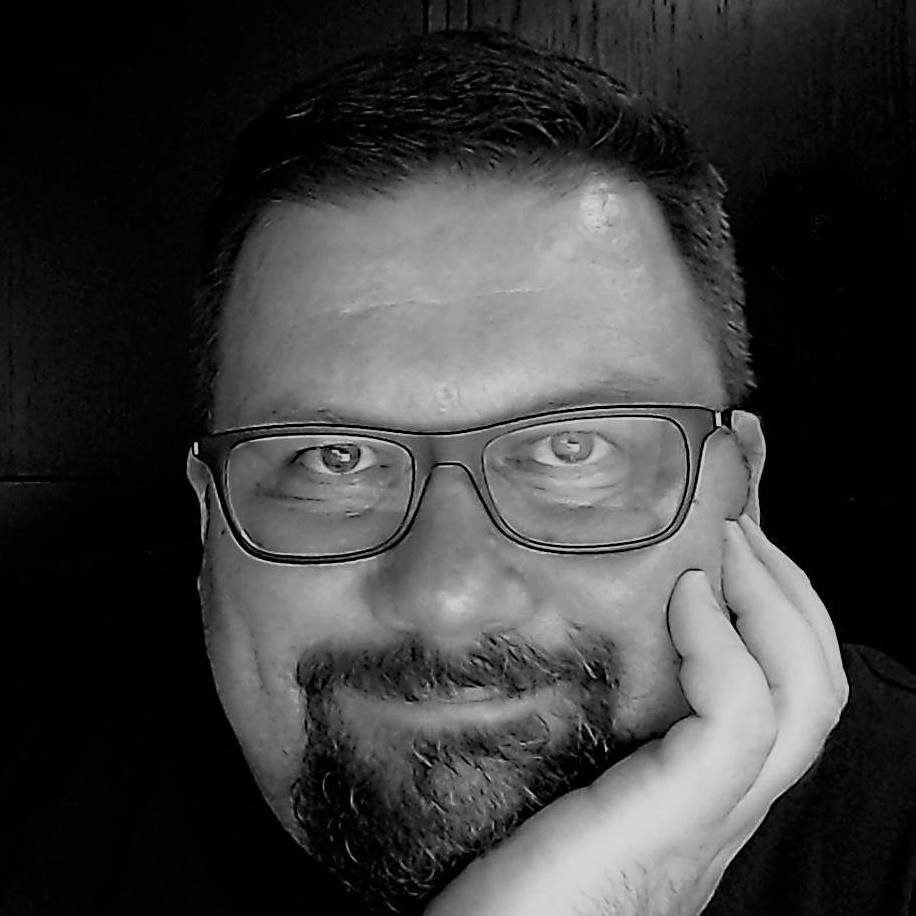As educational institutes continue to grow as centers for hate speech and discrimination, lecturer Barry van Driel, a curriculum developer and teacher trainer at the Anne Frank House in Amsterdam, focuses on how teachers can counteract discrimination and prejudice in the classroom by teaching tolerance. This is a response to such measures, from a student’s perspective.
I stood frozen, helplessly at a standstill, as I watched the tears well up in my friend’s eyes. This was unfamiliar territory for the both of us; in our eyes, school had always been a safe-house, a haven for learning. Yet, as she watched three boys wear t-shirts bearing the slogan “Make America Great Again” walk effortlessly by our wall of lockers, her feeling of security shattered. Without even a word spoken, she felt that her identity as a Muslim teenager was threatened.
In an era of political turmoil and societal upheaval, it does not come as a surprise that hate crimes are on the rise, as well as the demeaning prejudices and discrimination that accompany them. What is surprising is the alarming rate at which they are trickling down into primary and secondary schooling institutions.
From a teacher’s perspective, there is a major conflict between allowing students total freedom of speech in the classroom and eliminating harmful opinions to create a safe space for students. There is a fine line separating the suppression of dangerous hate speech and the oppression of opinions.
Several institutions and organizations have recognized this growing dilemma, initiating the implementation of new teacher training tactics for a more inclusive classroom structure. In a project led by the Southern Poverty Law Center, “Teaching Tolerance” provides toolkits to teachers reflecting current human rights issues in the media, in the past week namely how to show empathy and compassion in the wake of the Orlando attack, Istanbul airport terror, and particular politicians insensitivity to certain religions. Rather than choosing to neglect the hate crimes plaguing the outside world, this project aims to invite these conversations into the classroom with the hope of opening a productive and diversified dialogue for students to learn.
Says prominent human rights promoter and high school teacher Miljenko Hajdarovic of his own strategies for understanding in the classroom, “If the topic is sensitive or harsh, then I have to go for the students “comfort zone” discussing topics from every angle. If we are talking about the Holocaust, then we have to destroy the myth that all of the perpetrators were monsters and discover step by step how a normal person became a perpetrator of crime. Instead of simply teaching about hate speech in a “black and white” manner, he chooses to invoke a discussion within his class to better foster understanding of why hate speech is wrong.
With no precise way of measuring if these policies are effective, it is utterly essential that educators listen to the voices that truly matter: the students.
In an American study conducted by the Pew Research Center during late 2015, a generational divide was quite apparent in how much authority school administrations had to limit hate speech. Older generations like the Baby Boomers and Silent Generation polled strongly against government or school intervention in hate speech, citing it as a threat to freedom of speech and expression. However, younger generations and millennials polled more favorably towards such restrictive policies, with the general consensus in favor of protecting minorities against verbal discrimination.
The overall conclusions of this study point to hesitancy in implementing policies against hate speech in school, but this is misleading. Students are the ones directly impacted by hate speech, particularly minorities, yet older generations are swaying public opinion. In order to effectively cater to the needs of students globally, hate speech policies and teacher trainings must take into account the opinions and perspectives of the students.
Currently, tolerance is being taught in schools from the top down, when in reality it should be taught from the bottom up. Suit-wearing officials in office buildings should not be the determining faculties in how tolerance should be approached, but rather, the students who will benefit most from it. Students like my dear friend and I, who bear witness to discriminatory actions and speech everyday in the halls of our high school. Students everywhere, who have the right not only to freedom of expression, but the right to a quality education.
Replacing hatred with tolerance in the school system appears to be an arduous and ambitious undertaking, but one that is completely possible with the proper mindset. Fusing the efforts of educators and the perspectives of students, we have the power to promote diversity as a positive feature of our school systems.
Miranda Wolford is an American intern at the Tom Lantos Institute.
Source: https://tomlantosinstituteblog.com/2016/07/07/more-than-locker-talk-hate-speech-in-schools/







